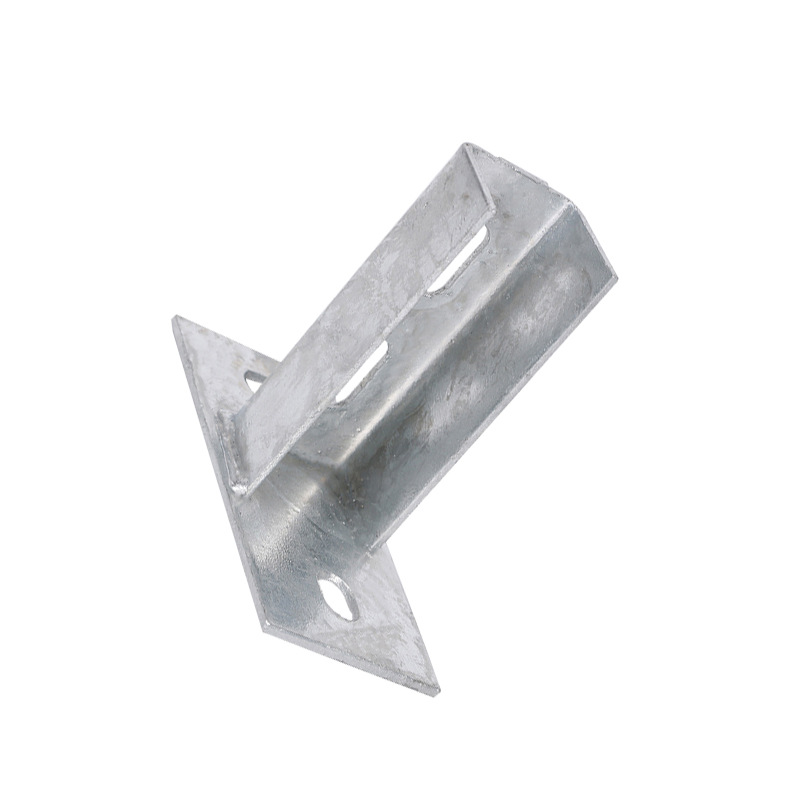

drilling self tapping screws into metal
Nov . 05, 2024 01:20 Back to list
drilling self tapping screws into metal
Drilling Self-Tapping Screws into Metal A Comprehensive Guide
Self-tapping screws are a wonderful invention for various construction projects, especially for working with metal. They eliminate the need for pre-drilled holes by allowing the screw to carve its own path as it is driven into the material. This feature not only saves time but also enhances the strength of the fastening connection. However, using self-tapping screws in metal requires some techniques and tricks to ensure success. In this article, we delve into the steps and considerations for drilling self-tapping screws into metal.
Understanding Self-Tapping Screws
Self-tapping screws are designed with a sharp, pointed end that allows them to penetrate metal surfaces easily. These screws can be categorized into different types, including thread-cutting and thread-forming screws. Thread-cutting screws remove material as they are installed, while thread-forming screws displace the material, creating their own threads without removing any metal. Knowing the differences can help you select the right screw for your project.
Choosing the Right Screw
When working with metal, the type of self-tapping screw you choose matters significantly. Common materials for self-tapping screws include carbon steel, stainless steel, and alloy steel. If your project involves exposure to moisture or corrosive environments, stainless steel screws may be the best option due to their resistance to corrosion. Make sure to consider the thickness of the metal and the screw size; as a general rule, the screw should penetrate at least three threads into the base material for a secure hold.
Preparing the Metal Surface
Before you begin the drilling process, it’s essential to prepare the metal surface. Ensure that the area is clean and free of rust, dirt, and grease. This can be achieved by wiping down the surface with a degreaser or alcohol-based cleaner. A clean surface allows for better adhesion and ensures that the screw penetrates effectively without slipping or breaking.
Selecting the Right Drill Bit
drilling self tapping screws into metal

When drilling into metal, the correct drill bit is vital for achieving a clean hole. Typically, a high-speed steel (HSS) bit is recommended for metal applications, although there are other specialized bits available. Ensure the drill bit is slightly smaller in diameter than the screw’s core (the unthreaded part) so that the threads can grip the material securely.
Using a Drill
Once your metal surface is clean and you have chosen the appropriate drill bit, it’s time to start drilling. First, mark the spot where you intend to drive the screw. If necessary, use a center punch to create a small indentation at the mark; this will help guide the drill bit and prevent it from slipping.
Set your drill to a low speed to maintain control and prevent overheating. As you begin to drill, apply steady pressure but be cautious not to push too hard, as this can cause the drill bit to bind or break. If you feel resistance, back the bit out slightly and then continue. The goal is to create a hole that will facilitate the self-tapping screw’s entry without overly enlarging it.
Driving in the Self-Tapping Screw
Once the hole is drilled, it’s time to install the self-tapping screw. Using a suitable screwdriver or a power drill with the correct bit, align the screw with the hole and start driving it in. It’s crucial to keep the screw perpendicular to the metal surface to ensure even threading. Apply moderate pressure as you drive the screw in; you’ll feel it make contact with the threads of the pre-drilled hole.
Final Thoughts
Drilling self-tapping screws into metal is a straightforward process, but it requires attention to detail and the right tools. By selecting the appropriate screw type, preparing your surface, and using the correct drill and technique, you can ensure a strong, secure fastening that will stand the test of time. Whether you are a DIY enthusiast or a professional contractor, mastering this skill will undoubtedly enhance your metalworking projects and provide lasting results. Remember to always wear protective eyewear and take safety precautions while operating power tools to ensure a safe working environment.
Latest news
-
Hot Dip Galvanized Bolts-About LongZe|High Strength, Corrosion Resistance
NewsJul.30,2025
-
High-Strength Hot Dip Galvanized Bolts - Hebei Longze | Corrosion Resistance, Customization
NewsJul.30,2025
-
Hot Dip Galvanized Bolts-Hebei Longze|Corrosion Resistance&High Strength
NewsJul.30,2025
-
High-Strength Hot-Dip Galvanized Bolts-Hebei Longze|Corrosion Resistance&High Strength
NewsJul.30,2025
-
Hot Dip Galvanized Bolts-Hebei Longze|Corrosion Resistance&High Strength
NewsJul.30,2025
-
Hot Dip Galvanized Bolts - Hebei Longze | Corrosion Resistance, High Strength
NewsJul.30,2025

